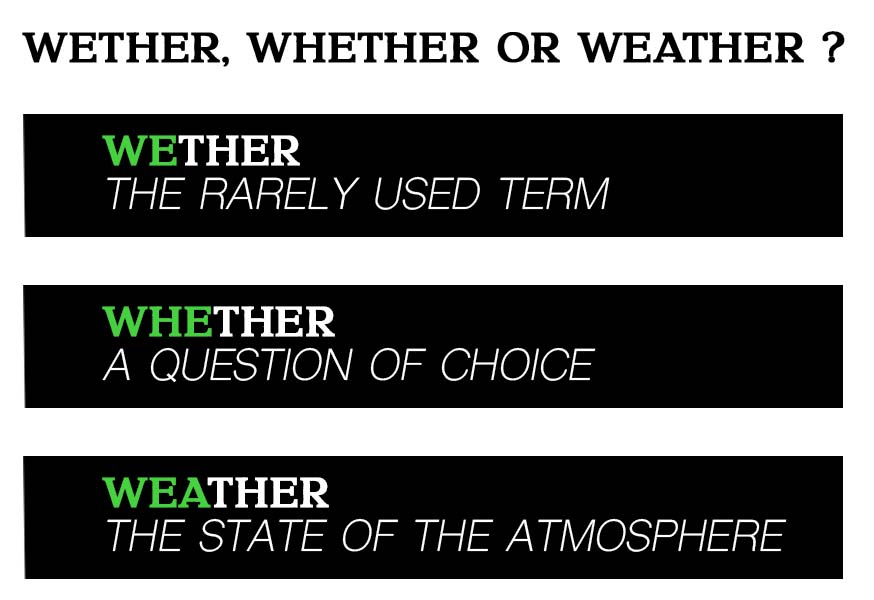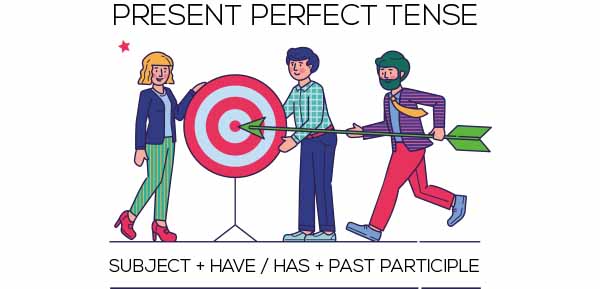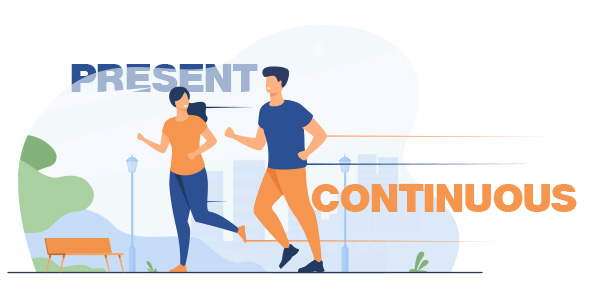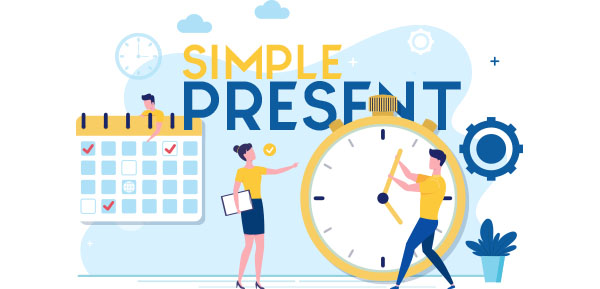
Present tense |
English is a language rich in homophones—words that sound the same but have different meanings. Among these, “wether,” “whether,” and “weather” are often confused. This confusion is understandable given their similar pronunciation, but using them correctly can make a...

Present tense |
This tense is confusing to many English grammar learners, as they don’t know what and when to use it. The present perfect continuous is used to refer to an unspecified time, if the speaker is interested in the process and the results of an action regardless of when...

Present tense |
What is the Present Perfect? The present perfect simple is an English tense which is used to express an action that started before and still going on or stopped recently. The present perfect is formed using the following rule:Affirmative sentences: Subject + have /...

Present tense |
The present continuous, also called present progressive, is an English tense that is often used to talk about activities that take place in the present and are still happening for quite a short time. WHEN TO USE: 1.First, we use the present continuous when talking...

Present tense |
What is the Simple Present: The simple present tense ,or (present simple), is a common tense in English, and common to new learners. It is used specifically with verbs like “to be” or “to have.” It is important to know when to use it and how to conjugate it. You will...






